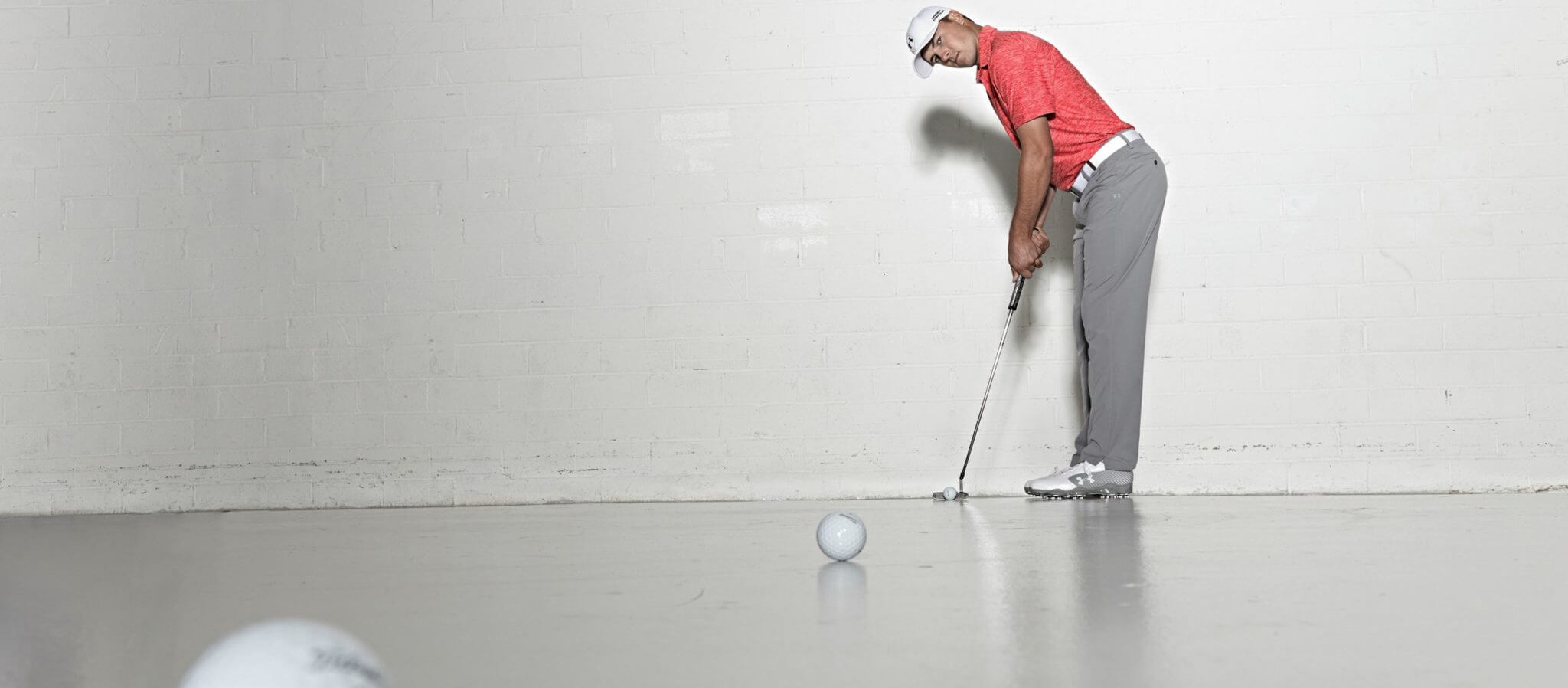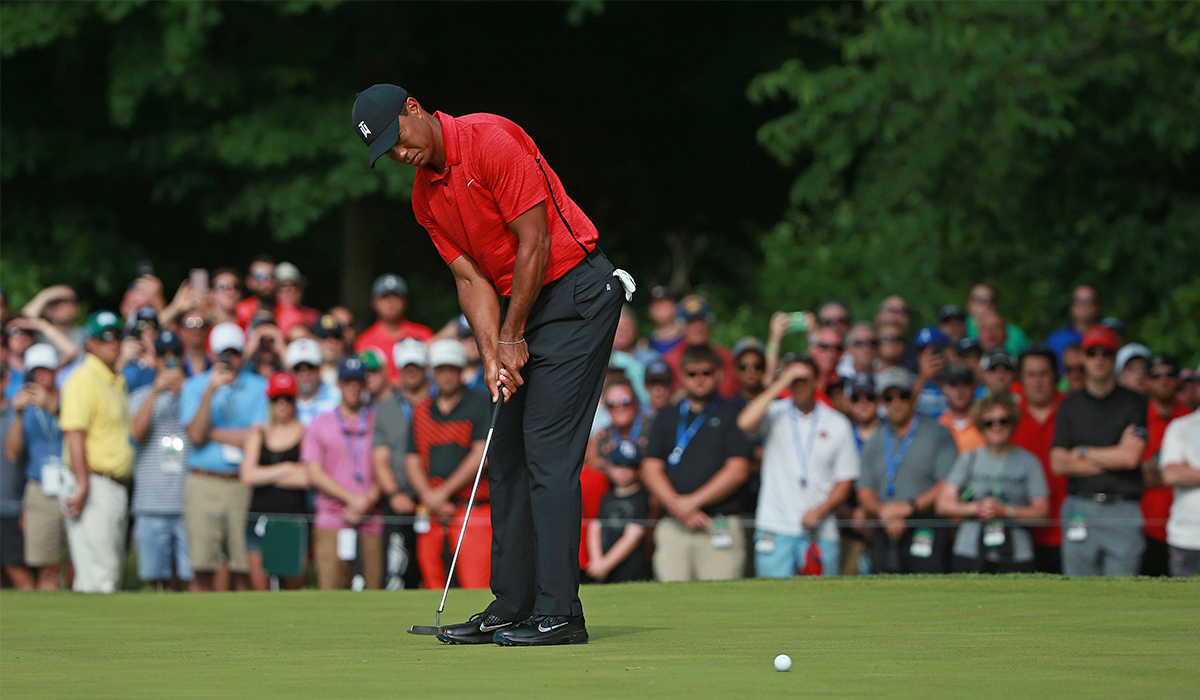Course Reviews
Top 10 Par‑3s You’ll Never Forget
Explore 33,000+ golf courses in 180 countries.
Follow the latest news and trends in golf.
Connect with like-minded golfers.
Find everything you need for your golf equipment and gear needs.
Travel, golf resorts, lifestyle, gear, tour highlights and technology.
All Square
Suggestions
Course Reviews
Top 10 Par‑3s You’ll Never Forget
Clothes
How to Pack Smart for a Golf Holiday
Course Reviews
Weekend Golf Escapes by Car from Luxembourg
Course Reviews
Best Clubhouse Restaurants in Europe
Course Reviews
Your Top Destinations For a Last-Minute Christmas Golf Getaway in Europe
Clubs
Hideki Matsuyama WITB Behind His 2025 Hero World Challenge Victory
Amateur Golf
Europe’s Best Pro-Am Golf Events for Amateurs
Course Reviews
The Architects Behind Europe’s Most Iconic Courses
Destinations
Europe’s Best Resorts for Couples
Contests
The Skins Game: Results & Overview
Community
Rewilding the Rough: Nature-First Golf Design
Course Reviews
The History Behind the Ryder Cup Courses
Abu Dhabi HSBC Championship
Aaron Rai’s Winning WITB at Abu Dhabi HSBC Championship
Course Reviews
The Best Golf Courses Near Pinehurst That Aren’t Pinehurst No. 2
Course Reviews
The Els Club Vilamoura: Golfing Grandeur in the Algarve
All Square
Vietnam Golf Gems: Top Courses on an All Square Journey
Clubs
Inside Martin Couvra’s Winning WITB at DP World Tour
Course Reviews
Jack’s Point: World-Class Golf in Queenstown’s Alpine Wonderland
Clubs
Cameron Young’s Winning WITB – 2025 Wyndham
Course Reviews
Royal Melbourne Golf Club — Australia’s Golfing Masterpiece

Tiger Woods, Rory McIlroy, Justin Rose, Ben Crenshaw and other golfing greats share their putting tips and secrets. These little nuggets of advice could take your putting to the next level.
Sometimes I’ve made putting too complicated before. The best I’ve putted is when I have simplified it down to the version that is “Let’s start it on line, let’s roll it and see if it goes into the hole”.
90% of my practice on a putting green is 5 feet which allows me to never three putt and always get up and down.
Get comfortable with the speed of your putts than move closer to the hole for short putts. Make sure you build up your confidence before heading to the first tee.

On a scale of 1-10, you should feel that you are holding your putter at 5.5-6 of strength. Feel the weight of the putter head for a better overall feeling.
You should feel equal pressure with your left and right hand so that you feel your putter head is heavy. You should let the clubhead swinging and let it do the work.
The speed is the essential ingredient of a good putt.

Posture is the most important aspect of putting because it dictates how you see the line. Get into a posture where you see a straight line. Use a short alignment stick in front of your golf ball and adjust your posture until that stick looks into the middle of the hole.
The longer you wait to hit a putt, if you have already read it, the more you are actually thinking about it versus just reacting to what you see.

There are a million different strokes, a million ways to make putts but there is one must in all strokes to be a good putter. That is your hands have to continue down to the target line. Never stop your hands. You want your arms and putter to travel at the same speed and to continue down the target line.
If you work on your speed and where your ball starts, you are going to putt pretty well. Make sure to keep your knees and head steady for center contact.
The most important aspect of putting is to start the ball on line. Once you have a consistent stroke, you can start focusing on green reading, pace and psychology.
I try to fix my eyes on a specific spot behind the ball, some people like to look at a dimple on the ball, I like to look at the grass behind the ball. That allows you to not let your eyes wander which makes the stroke a little bit more consistent.
Hopefully these tips from PGA Tour pros can help transform your scorecard. Particularly for the amateur player, having a reliable putting technique can knock double figures off your handicap.
Good luck!
Basically, putting is matching the starting line to a predetermined ball speed. A player’s consistancy can be measured by their ability to hit their starting line and ball speed. However, statistics say “50% of all putts at 12 feet are missed due to misreads.” – Dr. Sasho MacKenzie / Phd. in Bio-mechanics. If Doc is right it makes one ponder the question, “What if a training system for putting included a green reading system based on civil engineering, and that system was designed to train alignment to ball speed relations while you practiced? That would be amazing wouldn’t it? This… Read more »